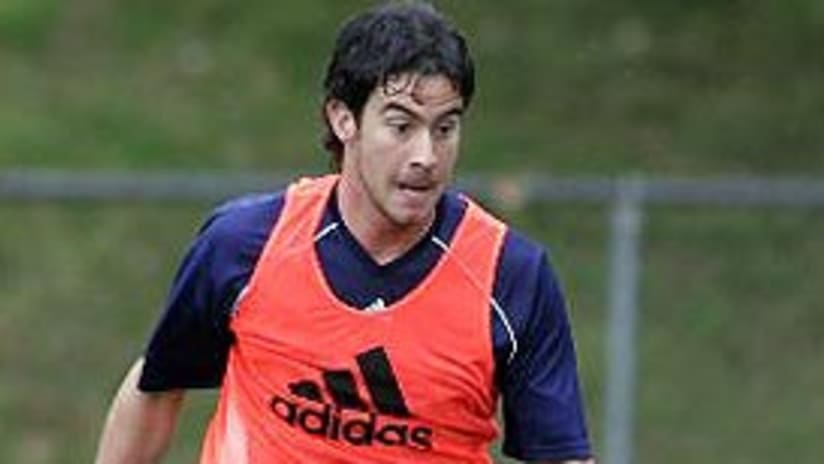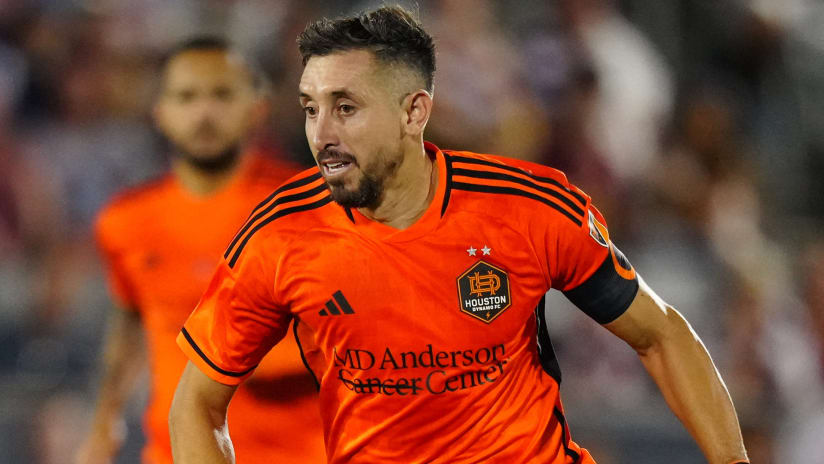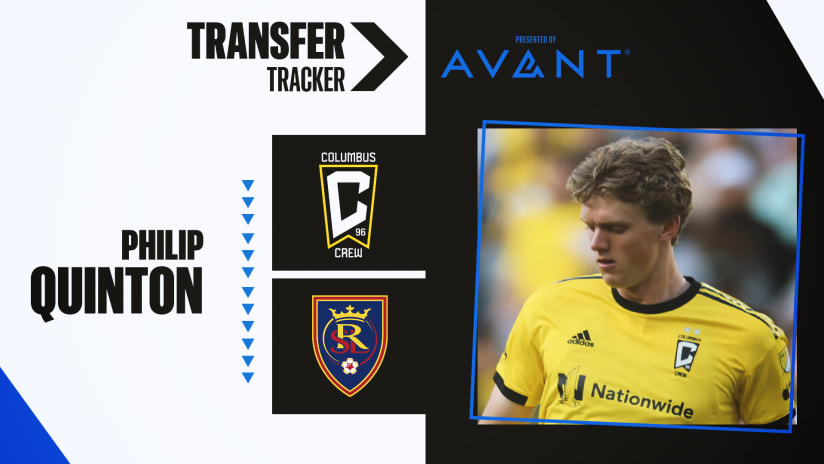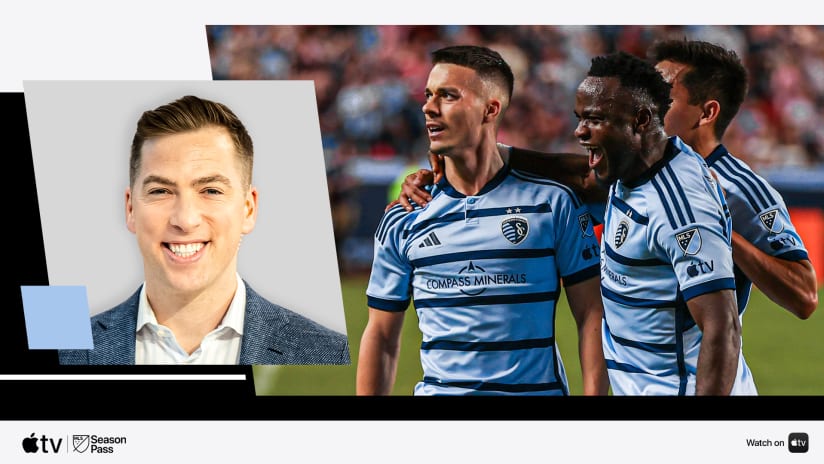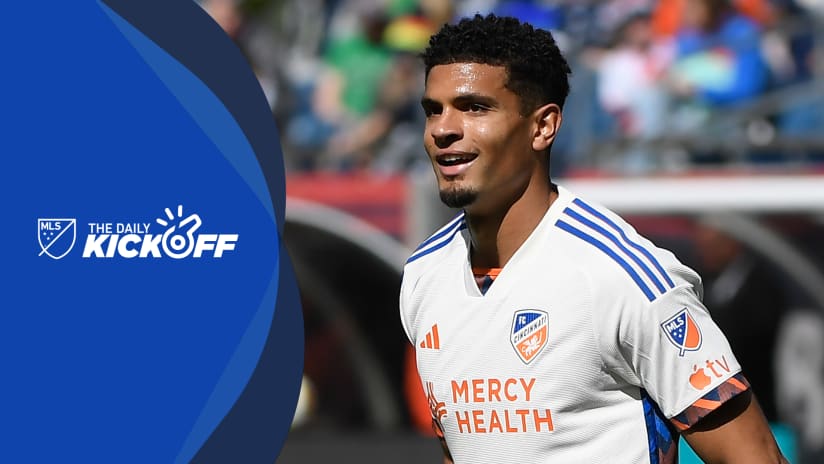Well, the time has come to answer some of my emails. The senders shall remain nameless but I do want to answer some good questions.
First, a big thank you to all the people who have sent notes of support. I really appreciate your thoughts and kind words.
Second, I appreciate the advice I received in other emails as to how to do a better job the next time. The day we stop learning is the day we stop succeeding and I want to accomplish some more.
Third, many have asked questions about and given me support for my new position as the Under-20 national team coach. Qualifying went very well as we finished with three wins and no losses and qualified for the FIFA World Youth Championship in Holland this summer.
Starting quickly with a great opening win against Trinidad really helped our confidence. A confident team is sometimes better than a good team. I felt we were both confident and good. The professional players like Eddie Gaven, Freddy Adu and Danny Szetela really meshed well on and off the field with the players who were still in college.
At the present time we are still working on the final plans for our preparation for the youth World Cup. It is almost as if we are preparing two groups; the players in college are one group, and the professionals are the second group. How to merge this preparation is one challenge. The other challenge is to not close our eyes and ears to potential players who might have been missed.
Our current camp in Florida allows us to see 15 players who have not been in before. I left the pros with their clubs because they are in preseason; they will get their fitness base, compete for playing time and get chances to play games.
I know that Holland will bring many challenges on the field. Once the draw occurs on March 6 in Utrecht, Holland, we will begin the process of gathering information on our upcoming opponents.
The nice thing about this go-round with the U-20s is the opportunity to include former players on the coaching staff. Dave Dir is my number one assistant and does a great job. John Harkes, Mike Lapper and Peter Vermes have rotated in as assistant coaches, as well as Marcelo Balboa. They have done a great job. The players are able to draw upon the experiences of these players who have all been on World Cup teams and Olympic teams, as well as some our youth teams.
Fourth, some of you have asked about the MLS setup as it relates to roster players, non-roster players, developmental players and Generation adidas players. I hope I can clear some of this up.
The team rosters in MLS are divided into two sets. One set is a senior roster with a limit of 18 total players. This is comprised of full contracted players, no more than four of which can be foreign nationals. These four players are referred to as senior internationals. Additionally, each team can have youth internationals, which are foreign players under 25. The limit here is three; however, you can trade with another team to get more slots. Also, Club Deportivo Chivas USA and Real Salt Lake get two extra youth international slots for their first two years of existence. If you are confused, imagine how the coaches and general managers feel at times.
The 18-man roster is what is used to determine the salary cap and it is within this group that the team must be cap compliant. All of these players are eligible to play in the reserve team as well.
Each team is allowed a second set of 10 players. This group is a combination of developmental players, Generation adidas players, and former Nike Project-40 players. The Generation adidas players and Project-40 players are under full contracts. They are players who did not go to college or did not use up their four years of college eligibility. Many of these contracts are quite good. The intention was to protect young players and give them a chance to develop.
Outside of the Generation adidas and former Project-40 players, each team is allowed as many developmental players they want to fill up the complement of 10 players. These 10 players can play in MLS games as well as reserve games. The idea behind developmental players is to allow players who finished college, or other players you become aware of, time to grow and become full-fledged pro players.
There you have it. That is the best that I can do to explain it and I hope it did not further confuse you.
Thank you again to all the people who write me emails and I appreciate your thoughts and opinions.
Sigi Schmid is one of the winningest coaches in MLS history, having led the Los Angeles Galaxy to four honors in his five-plus years at the helm, including the 2002 MLS Cup championship. Send comments to Sigi at sigischmid@hotmail.com. Views and opinions expressed in this column views and opinions are the author's, and not necessarily those of Major League Soccer or its clubs.

